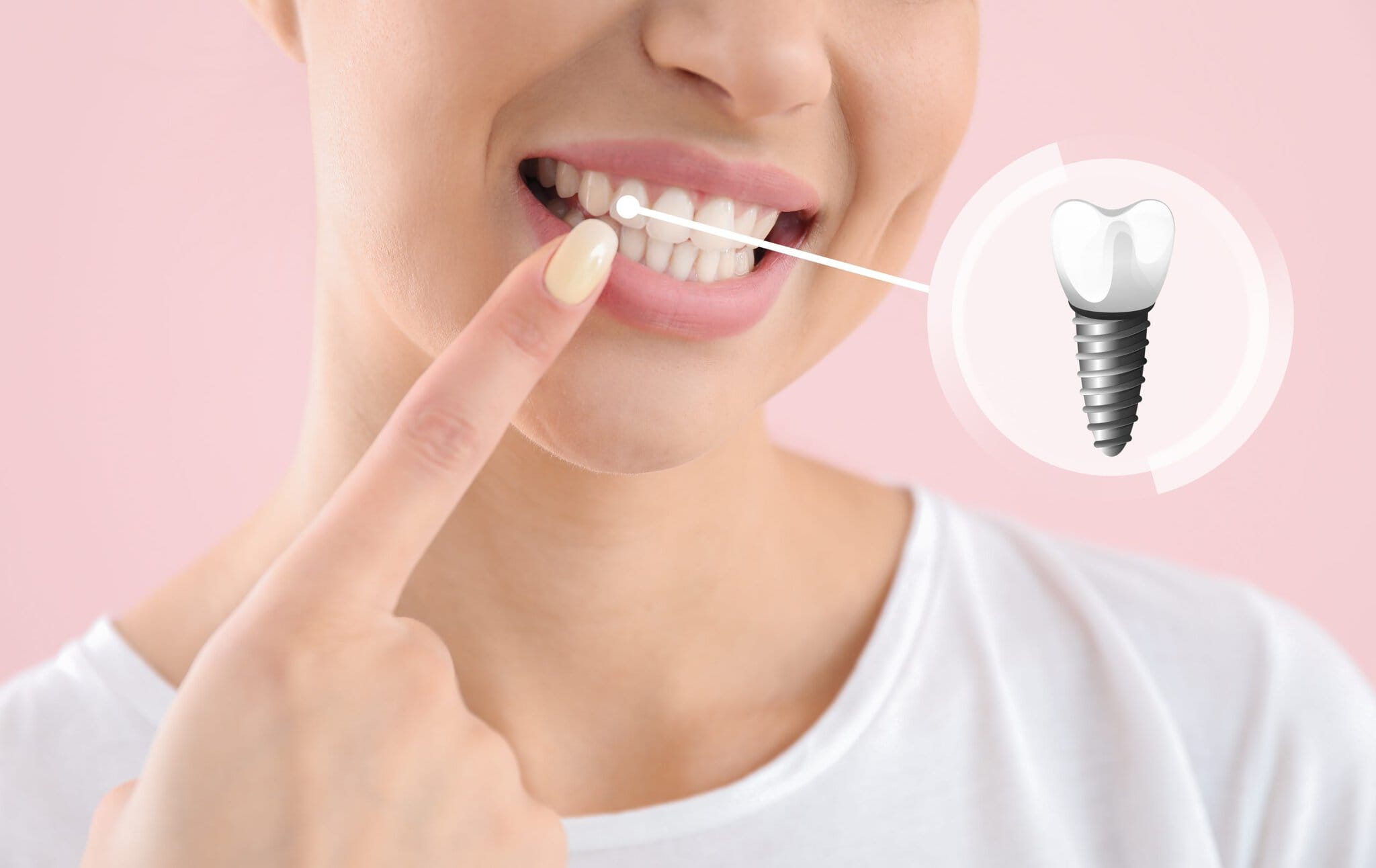
IMPLANTS: THE FIRST CHOICE FOR DENTAL PROSTHETICS
If a tooth has to be replaced, implants are the top choice of treatment. The artificial dental roots, made of titanium, ensure that your new teeth will be held firmly in place. Our practice specializes in implants. Computer-aided procedures and digital x-rays ensure that the treatment is especially safe.
With a Master of Science in Implantology, Dr Ritz is completely up-to-date on the most advanced implant treatment options.
How much do implants cost?
Thanks to flexible billing models, we have an appealing offer for each patient’s situation. If you decide to have implants, we will find the best solution for you together. We would be happy to advise you – book an appointment here!

REPLACING MISSING TEETH
Gaps in your smile should be replaced. If they are not, the position of neighboring teeth or teeth on the opposite side of the mouth may change. This leads to malocclusion: The position of the jaw changes while causing painful muscle tension in the head, neck, or even the back.
Implants can fill the gaps
Implants are best suited to filling individual gaps. The artificial roots are firmly attached to the jawbone and hold the visible prosthesis in place.
A bridge is another alternative. However, for a bridge to be considered, the (usually healthy) neighboring teeth would have to be filed down. Implants leave the neighboring teeth untouched.
Implants to replace whole rows of teeth
Even if several or all teeth are missing, implants are the treatment of choice. They allow for a greater quality of life and happiness compared to removable dentures.
Without the troublesome plastic plate, implants allow you to enjoy greater comfort when eating. Firmly fixed dental prostheses are also safer, since they cannot fall out or slip.
3D-GUIDED IMPLANTATION
The jawbone is thoroughly examined prior to each implantation. In our practice, we have a modern 3D x-ray device, which provides high-resolution images. A computer then creates a three-dimensional model of the jaw region in question (8 x 8 x 8 cm).
This allows us to see the most delicate structures, such as blood vessels and nerves, and to use computer-aided navigation to plan the implant procedure with precision. This method offers you and us a greater degree of safety and reliability!
By the way, the level of radiation that the patient is exposed to in DVT is up to 90 percent lower than in conventional computer tomography (CT).
